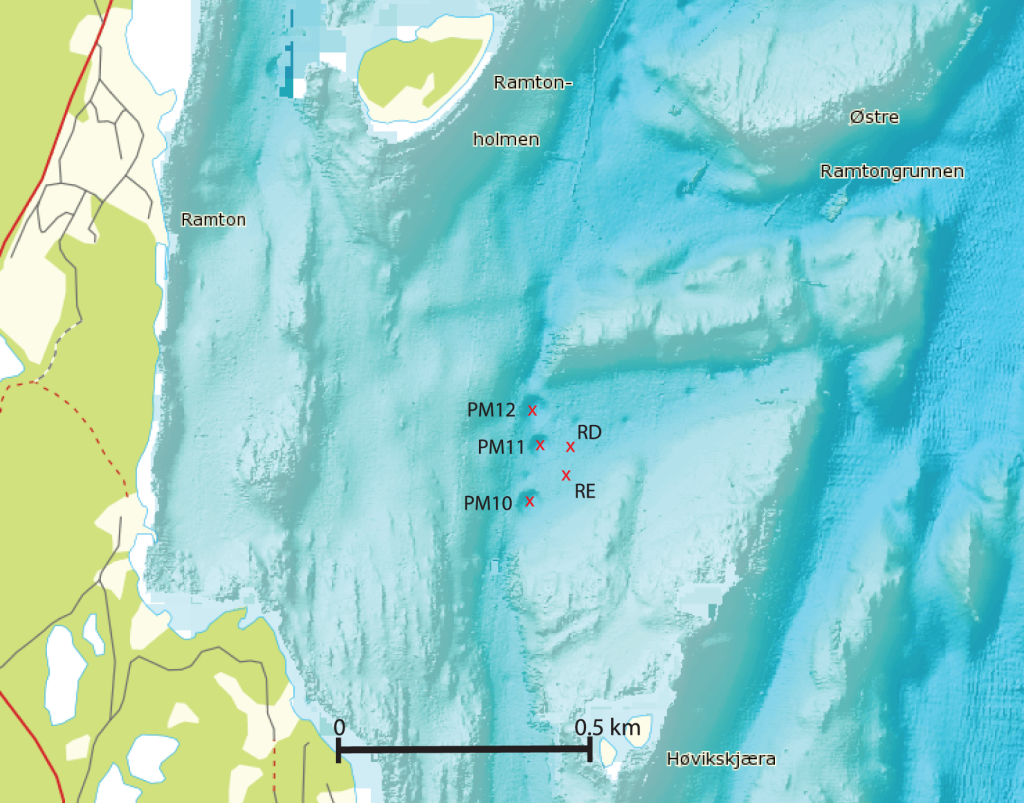Linking Geology and Microbiology: Inactive Pockmarks Affect Sediment Microbial Community Structure
Pockmarks are geological features that are found on the bottom of lakes and oceans all over the globe. Some are active, seeping oil or methane, while others are inactive. Active pockmarks are well studied since they harbor specialized microbial communities that proliferate on the seeping compounds. Such communities are not found in inactive pockmarks. Interestingly, inactive pockmarks are known to have different macrofaunal communities compared to the surrounding sediments. It is undetermined what the microbial composition of inactive pockmarks is and if it shows a similar pattern as the macrofauna. The Norwegian Oslofjord contains many inactive pockmarks and they are well suited to study the influence of these geological features on the microbial community in the sediment. Here we present a detailed analysis of the microbial communities found in three inactive pockmarks and two control samples at two core depth intervals. The communities were analyzed using high-throughput amplicon sequencing of the 16S rRNA V3 region. Microbial communities of surface pockmark sediments were indistinguishable from communities found in the surrounding seabed. In contrast, pockmark communities at 40 cm sediment depth had a significantly different community structure from normal sediments at the same depth. Statistical analysis of chemical variables indicated significant differences in the concentrations of total carbon and non-particulate organic carbon between 40 cm pockmarks and reference sample sediments. We discuss these results in comparison with the taxonomic classification of the OTUs identified in our samples. Our results indicate that microbial communities at the sediment surface are affected by the water column, while the deeper (40 cm) sediment communities are affected by local conditions within the sediment.

Bathymetric map of the sampling area in the Oslofjord.
The red crosses indicate the sampling sites and the sampling site designation is given. The map was generated with the www.mareano.no website.
doi:10.1371/journal.pone.0085990.g001
Citation: Haverkamp THA, Hammer Ø, Jakobsen KS (2014) Linking Geology and Microbiology: Inactive Pockmarks Affect Sediment Microbial Community Structure. PLoS ONE 9(1): e85990. doi:10.1371/journal.pone.0085990
Editor: Hauke Smidt, Wageningen University, Netherlands



 March 8th, 2015
March 8th, 2015  Riffin
Riffin  Posted in
Posted in  Tags:
Tags: 